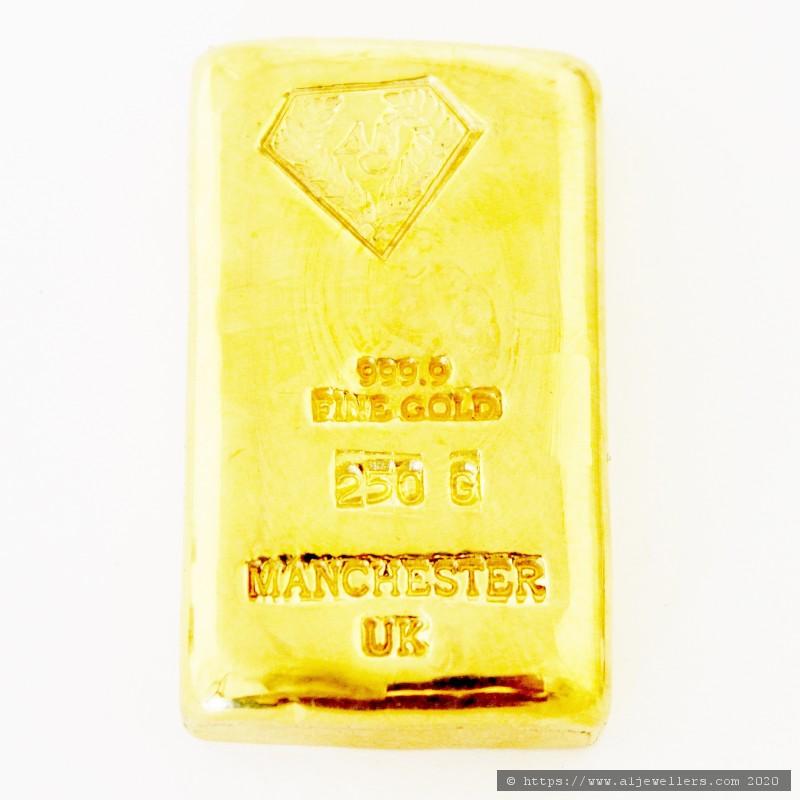In the domain of precious metals, bullion bars stand as quintessential symbols of wealth and stability, offering investors a tangible means of diversifying portfolios and preserving wealth. In this discourse, we delve into the significance, characteristics, and investment allure of bullion bars, elucidating why they remain pivotal in the realm of finance.
Understanding Bullion Bars
Bullion bars, also known as gold bars or ingots, are refined pieces of investment-grade precious metals, predominantly gold and silver. These bars are meticulously crafted by accredited mints and refineries, adhering to stringent quality standards to ensure purity, authenticity, and excellence. Available in various sizes and denominations, bullion bars serve as tangible representations of wealth and are favored by investors seeking to acquire and store precious metals.
The Significance of Bullion Bars
-
Historical Significance: Bullion bars have played a crucial role in human civilization for millennia, serving as mediums of exchange, stores of value, and symbols of prosperity. Throughout history, civilizations have valued and traded bullion bars, recognizing their intrinsic worth and enduring appeal.
-
Wealth Preservation: Bullion bars serve as effective tools for preserving wealth and hedging against economic uncertainty. Their intrinsic value and universal acceptance make them resilient assets, capable of withstanding fluctuations in traditional financial markets.
-
Investment Diversification: Including bullion bars in an investment portfolio helps diversify risk and reduce exposure to volatility in traditional financial markets. Gold and silver, the primary metals used in bullion bars, have historically exhibited low correlation with other asset classes, making them ideal additions to diversified portfolios.
Characteristics of Bullion Bars
-
Purity: Bullion bars are crafted from high-purity precious metals, typically ranging from 99.5% to 99.99% pure. This level of purity ensures that each bar contains a significant amount of pure metal, maximizing its intrinsic value and quality.
-
Distinctive Markings: Each bullion bar is stamped or engraved with markings denoting its weight, purity level, and the hallmark of the mint or refinery. These markings serve as indicators of authenticity and quality, providing assurance to buyers and investors.
-
Secure Packaging: Many bullion bars come in tamper-evident packaging and are accompanied by certificates of authenticity. These security features help protect the integrity of the precious metal and provide peace of mind to buyers.
Investment Advantages
-
Safe-Haven Asset: Bullion bars serve as safe-haven assets, offering protection against inflation, economic instability, and currency devaluation. Their intrinsic value and universal acceptance make them reliable stores of wealth during times of uncertainty.
-
Potential for Growth: Precious metals, including gold and silver, have demonstrated a consistent track record of long-term price appreciation. As global demand for precious metals continues to rise, the value of bullion bars may bullion bars increase over time, providing investors with potential capital appreciation.
-
Liquidity: Despite their physical nature, bullion bars are highly liquid assets that can be easily bought, sold, or traded in global markets. They offer investors flexibility and convenience when it comes to converting their investments into cash or other assets.
Conclusion
In conclusion, bullion bars stand as enduring symbols of wealth, stability, and prosperity. Their historical significance, intrinsic value, and investment advantages make them indispensable assets in the world of finance. By understanding their significance, characteristics, and investment allure, investors can harness the power of bullion bars to build resilient and prosperous portfolios for the future.


